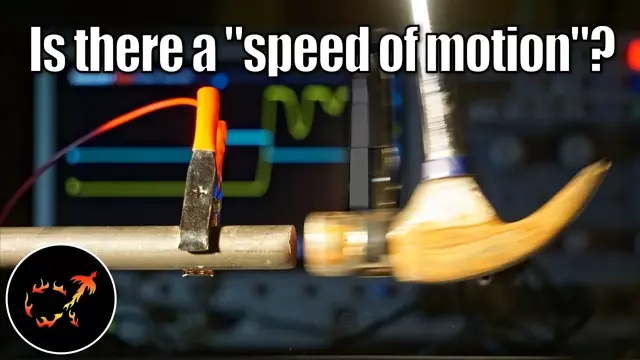2022-01-28
[public] 5.02M views, 123K likes, dislikes audio only
If you think about idealized physics scenarios, "frictionless vacuum" or "ignore air resistance" may come to mind, but another even more ubiquitous mechanical approximation is the so-called "rigid body approximation" where solid objects are said to be perfect geometric shapes that don't deform at all when force is applied. For a LOT of classical mechanics and mechanical engineering, it's a fantastic approximation, but like all approximations, eventually it breaks down. Today I'm demonstrating a failure of the rigid body approximation by asking "When you apply a force to one edge of an object and it starts moving, does the rest of the object actually lag behind? and if so, by how much?
Hope you enjoy the experiment!
Music in this video:
I Dunno by grapes is licensed under a Creative Commons Attribution license (https://creativecommons.org/licenses/by/3.0/)
http://ccmixter.org/files/grapes/16626
/youtube/video/DqhXsEgLMJ0?t=311.34
/youtube/video/DqhXsEgLMJ0?t=657.09998
/youtube/video/DqhXsEgLMJ0?t=752.45898
/youtube/channel/UCCWeRTgd79JL0ilH0ZywSJA
/youtube/video/2AXv49dDQJw
/youtube/video/C3gnNpYK3lo
/youtube/video/sn1Y6zIS91g

